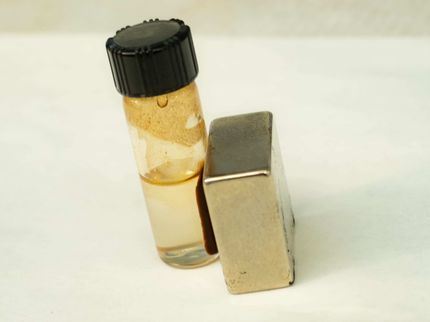Nanoparticle dialysis
Scientists in Japan have made dispersed, colloidal mesoporous silica nanoparticles using dialysis
Advertisement
Kazuyuki Kuroda and colleagues from Waseda University have discovered another way of synthesizing colloidal mesoporous silica nanoparticles (CMSS). Kuroda has shown that they can successfully remove the surfactants via dialysis, whist still maintaining particle dispersion.

Colloidal nanoparticles are of great interest within the community, as they can be applied practically to various fields of research, especially for biomedical applications. There have been numerous reports on the preparation of similar materials, however, the particles tend to aggregate during the surfactant removal process when using such conventional methods. Kuroda’s dialysis method overcomes this major disadvantage and shows that the particle dispersion can be maintained for all CMSS that have a size less than 20 nm.
Kuroda and his team also showed that the dispersed nanoparticles can accommodate guest molecules. In addition to this, the nanoparticle diameter can be reduced just by changing the silica source that is used. These CMSS are seen as inorganic virus-like particles and can potentially be utilized as a replacement for ferritins – a globular protein usually found in prokaryote and eukaryote cells.
Kuroda believes that by further optimizing the conditions of both the template removal process and the downsizing technique reported, it will then be possible to finely control the number of mesopores being formed, as well as controlling the particle sizes.
Original publication: Kazuyuki Kuroda et. al., Chem. Commun., 2009.
Most read news
Topics
Organizations
Other news from the department science

Get the chemical industry in your inbox
By submitting this form you agree that LUMITOS AG will send you the newsletter(s) selected above by email. Your data will not be passed on to third parties. Your data will be stored and processed in accordance with our data protection regulations. LUMITOS may contact you by email for the purpose of advertising or market and opinion surveys. You can revoke your consent at any time without giving reasons to LUMITOS AG, Ernst-Augustin-Str. 2, 12489 Berlin, Germany or by e-mail at revoke@lumitos.com with effect for the future. In addition, each email contains a link to unsubscribe from the corresponding newsletter.




























































